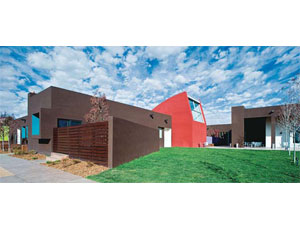The American Association of State Highway and Transportation Officials (AASHTO) recently presented its 2009 Value Engineering Award to a team from the Wisconsin Dept. of Transportation (WisDOT) and the Federal Highway Administration (FHWA) whose value engineering will cut $48 million from the life-cycle cost of 33 miles of Interstate 94 in south-central Wisconsin

I-94 is the busy Interstate that connects Milwaukee to Madison, Wis. The total length from city to city is about 79 miles. The award-winning WisDOT-FHWA value-engineering study focused on 33 miles from the western edge of Waukesha County to just east of Madison.
That segment of I-94 needs repair, and traffic projections show the need to expand it from four lanes to six by 2026.
WisDOT commissioned a value engineering (VE) study to help decide the best approach to rehabilitating and reconstructing the segment.
The I-94 VE Study developed and evaluated six alternatives, in addition to the original, .
The original alternative had a life-cycle cost of $195 million. The VE study’s recommended alternative has a life-cycle cost of $147 million—a savings of $48 million, or 24.6%.
In addition to saving cost, the WisDOT-FHWA team’s recommended alternative simplifies traffic control and does not require temporary widening to add and remove lanes.
The recommended alternative’s short time of interim work and use of standard techniques simplifies construction and minimizes user impacts. It also improves shoulders, flattens or shields steep side slopes, corrects cross slope on the mainline, and provides capacity when needed.
WisDOT adopted the VE team’s recommendation and is proceeding with this best-value solution.


Post a comment to this article
Report Abusive Comment